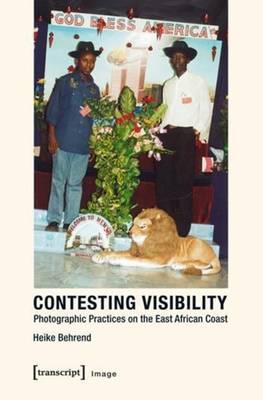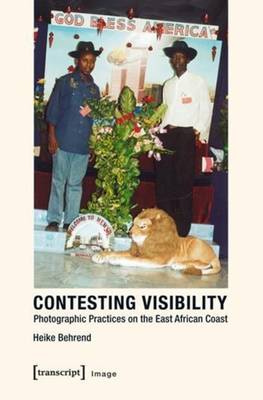
- Afhalen na 1 uur in een winkel met voorraad
- Gratis thuislevering in België vanaf € 30
- Ruim aanbod met 7 miljoen producten
- Afhalen na 1 uur in een winkel met voorraad
- Gratis thuislevering in België vanaf € 30
- Ruim aanbod met 7 miljoen producten
Zoeken
€ 28,45
+ 56 punten
Omschrijving
Since the introduction of photography by commercial studio photographers and the colonial state in Kenya, this global medium has been intensely debated and contested among Muslims on the cosmopolitan East African coast. This book does not only explore the making, circulation, and consumption of popular photographs, but also the other side, their rejection and obliteration, an essential aspect of a medium's history that should not be neglected. It deals with various »social spaces of refusal« in the local Muslim milieu and in that of »traditional« spirit mediums in which (gendered) visibility was (and is) contested in various and creative ways. It focuses on the »aesthetics of withdrawal« the various ways and techniques that process the photographic act as well as the photographic image to theatricalize the surface of the image in new ways by veiling, masking, and concealing. In a fragmented historical perspective, Heike Behrend seeks to complement, decenter, and counter the history of photography as it has been told by the West and to narrate another history beginning with preceding local media such as textiles and spirit possession.
Specificaties
Betrokkenen
- Auteur(s):
- Uitgeverij:
Inhoud
- Aantal bladzijden:
- 266
- Taal:
- Engels
- Reeks:
- Reeksnummer:
- nr. 60
Eigenschappen
- Productcode (EAN):
- 9783837624564
- Verschijningsdatum:
- 21/01/2014
- Uitvoering:
- Paperback
- Formaat:
- Trade paperback (VS)
- Afmetingen:
- 147 mm x 224 mm
- Gewicht:
- 521 g

Alleen bij Standaard Boekhandel
+ 56 punten op je klantenkaart van Standaard Boekhandel
Beoordelingen
We publiceren alleen reviews die voldoen aan de voorwaarden voor reviews. Bekijk onze voorwaarden voor reviews.











